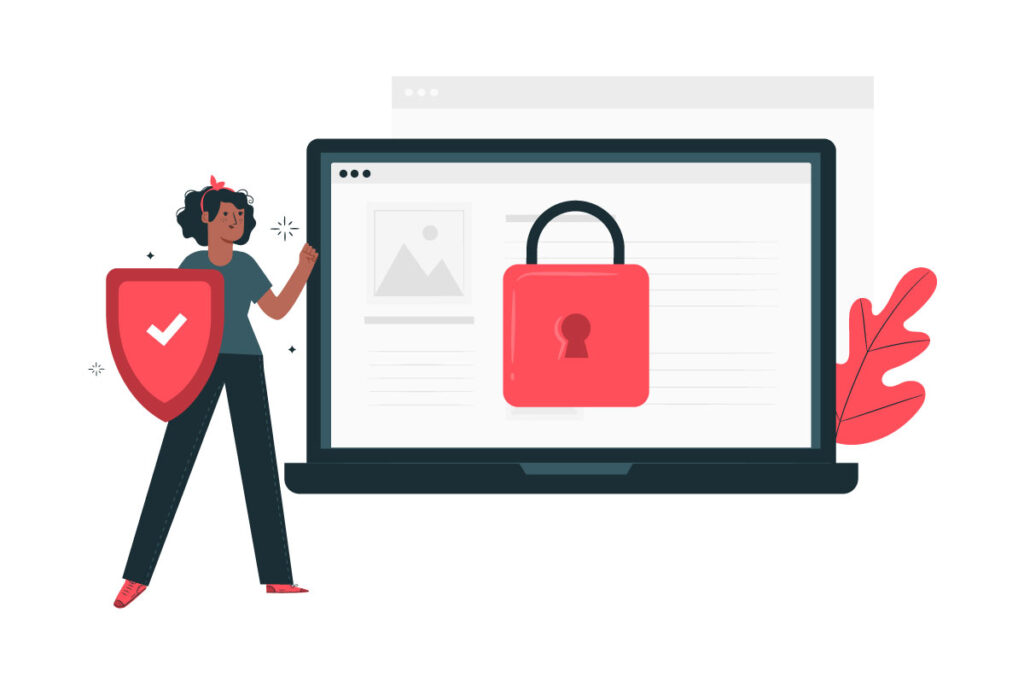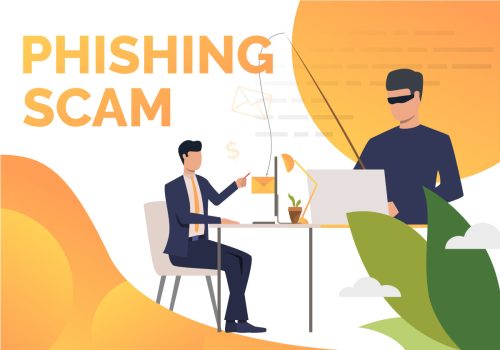
Cybersecurity has become a top priority for businesses of all sizes. Among the many threats that organizations face, phishing attacks stand out as a particularly insidious and prevalent form of cybercrime. Phishing attacks can cause significant financial losses and damage an organization's reputation. These attacks often exploit human vulnerabilities by using deceptive tactics to trick individuals into disclosing confidential information or performing harmful actions.
Common Types of Phishing Attacks
Phishing attacks are not limited to a single method of operation. They come in various forms, each with its unique characteristics and methods of deception. The common types of phishing attacks include:
- Email Phishing: The most common form of phishing, where attackers impersonate legitimate organizations or individuals and send fraudulent emails that appear genuine. These emails often contain malicious links or attachments that, once clicked or downloaded, can compromise your system or steal sensitive information. The goal is to trick recipients into taking actions that benefit the attacker, such as providing login credentials or financial details.
- Spear Phishing: A targeted form of phishing that focuses on specific individuals or organizations. Attackers will do research on their targets, gathering information from various sources, such as social media profiles or company websites. Then, they create tailored messages that appear legitimate and trustworthy. By using personal details, such as names, job titles, or recent activities, they increase the chances of success in tricking their targets into revealing sensitive information or performing actions that benefit the attacker.
- Whaling: A form of spear phishing that specifically targets high-profile individuals, such as high-level executives within organizations. Attackers pose as CEOs, directors, or business partners to gain the trust of their victims. By leveraging their authority or influence, they manipulate these individuals into sharing confidential information or initiating financial transactions.They often target individuals with access to sensitive data or the authority to authorize financial transactions.
- Smishing and Vishing: Phishing attacks that occur through SMS text messages (smishing) or voice calls (vishing). Smishing involves sending text messages that appear to be from legitimate sources, enticing recipients to click on malicious links or provide personal information. Vishing, on the other hand, involves phone calls where attackers use social engineering techniques, such as impersonating bank representatives or government officials, to trick victims into revealing sensitive information over the phone.
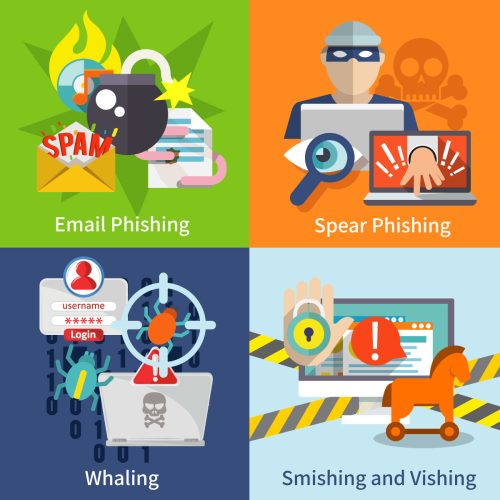
Impact of Phishing Attacks
The consequences of phishing can be devastating for businesses. According to the FBI's Internet Crime Complaint Center (IC3), phishing attacks resulted in staggering losses of over $1.8 billion n 2020 alone. Such financial losses can severely impact an organization’s bottom line and hinder its ability to operate effectively.
In addition to financial loss, falling victim to a phishing attack can inflict significant damage on an organization’s reputation. The loss of sensitive customer data erodes trust and confidence in the organization's ability to protect personal information. Customers, partners, and stakeholders may question the organization's credibility and reliability, leading to a decline in business opportunities and partnerships. Rebuilding a damaged reputation can be a long and arduous process that requires significant resources and time.
Phishing attacks also have the potential to disrupt business operations and result in legal and regulatory consequences. Organizations may face legal liabilities if customer or employee data is compromised as a result of a phishing attack.
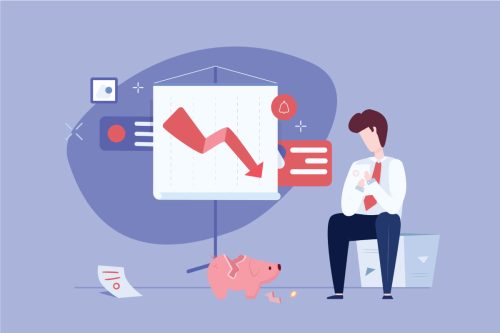
Protect Against Phishing Attacks
To mitigate the risks posed by phishing attacks, businesses must implement robust security measures and educate their employees. Here are some strategies for protecting your business and employees:
- Employee Training and Awareness: Conduct regular training sessions to educate employees about various phishing techniques, warning signs, and best practices. Teach the employees to verify the authenticity of emails, exercise caution while clicking on links or downloading attachments, and encourage them to report any suspicious activity promptly.
- Multi-Factor Authentication (MFA): Implement MFA for all company accounts to provide an additional layer of security. By requiring multiple verification methods like biometrics or one-time passwords, MFA significantly reduces the risk of unauthorized access, even if login credentials are compromised.
- Strong Password Policies: Enforce strict password policies that require employees to create strong, unique passwords and change them regularly. Encourage the use of password managers to securely store and manage passwords.
- Email Filters and Anti-Phishing Software: Utilize advanced email filters and anti-phishing software to detect and block malicious emails. These tools can identify and quarantine suspicious emails, reducing the risk of employees falling victim to phishing attacks
- Regular Security Updates and Patches: Keep all software and systems up to date with the latest security patches. Phishing attackers often exploit vulnerabilities present in outdated software versions. By promptly applying updates, you strengthen your defenses and mitigate potential risks.
- Encryption and Data Protection: Implement encryption measures to protect sensitive data during transit and at rest. Encryption adds an additional layer of security by converting data into an unreadable format for unauthorized individuals. This makes it significantly more challenging for attackers to access and misuse stolen information.
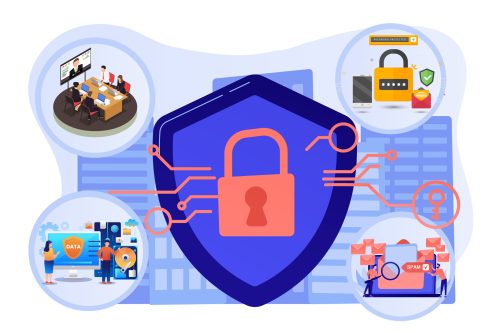
Protection is Top Priority
In today's digital age, protecting sensitive information should be a top priority, and always be caution when receiving suspicious links, calls, social media messages, or texts. Trust your instincts and refrain from engaging in anything that seems questionable or out of the ordinary. Consider investing in reliable software solutions designed to protect your computer and online activities. Remember, being proactive and maintaining a skeptical mindset are key when it comes to combating phishing attacks.



